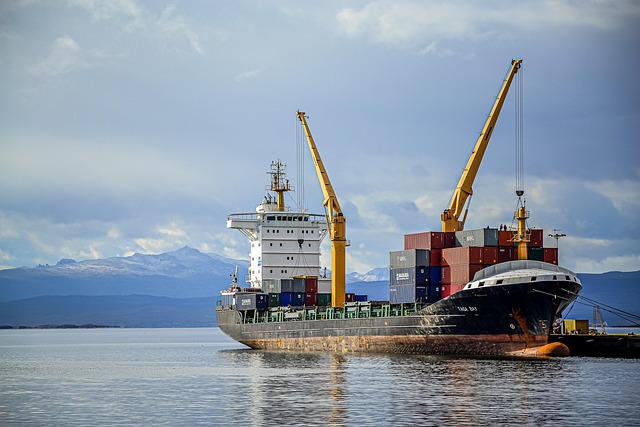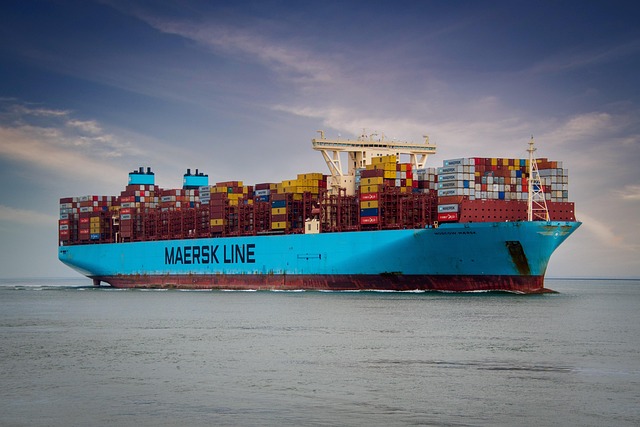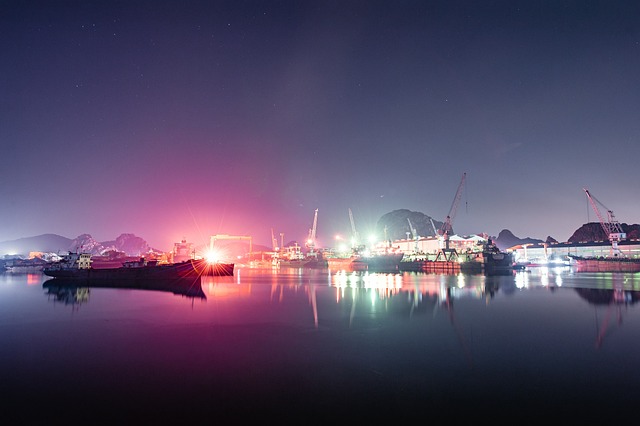In extreme climates like the Arctic or tropics, insulated containers are crucial for protecting cargo from harsh weather. These specialized units maintain consistent temperatures, preserving perishable goods and sensitive equipment, and can even serve as mobile offices. Key features include robust insulation, airtight seals, durable construction, and advanced cooling systems. Offered in various types for diverse needs, they're customizable through rental or leasing, catering to food/beverage, pharmaceuticals, and logistics sectors. Real-world applications prove their reliability in challenging environments, enhancing product quality, sustainability, and cost efficiency.
In extreme environments, from the icy expanses of the Arctic to the scorching heat of the tropics, reliable storage solutions are paramount. Insulated containers have emerged as a game-changer, offering crucial protection against temperature extremes. This article explores the unique challenges of these harsh landscapes and how well-designed insulated containers can facilitate operations, preserve perishable goods, and even support scientific research in both polar regions and tropical zones. Discover key features ensuring their success and learn from real-world case studies.
- Understanding the Challenges of Arctic and Tropical Environments
- The Role of Insulated Containers in Extreme Conditions
- Key Features and Design Considerations for Insulated Containers
- Case Studies: Successful Implementation of Insulated Containers
Understanding the Challenges of Arctic and Tropical Environments

The Arctic and tropical regions present unique and often extreme challenges for equipment and supplies due to their harsh climates. Low temperatures in the Arctic can reach minus 40 degrees Celsius, while intense heat in tropical areas can soar above 40 degrees Celsius. These environments pose significant difficulties for storage and transportation solutions, as traditional containers may not withstand such conditions. Moisture, snow accumulation, and rapid temperature fluctuations are common issues that require specialized materials and designs to mitigate.
Insulated containers, available in various forms like refrigerated insulated containers, insulated shipping or storage containers, offer a robust solution. They are designed with specific features like double-walled construction, high-quality insulation, and advanced ventilation systems to maintain ideal internal temperatures. Whether you’re looking to buy, rent, or lease new or used insulated containers for harsh environments, these versatile units can be customized and adapted (insulated container modifications) to meet specific needs, ensuring the preservation of perishable goods, sensitive equipment, or even as mobile offices in remote locations.
The Role of Insulated Containers in Extreme Conditions

In extreme environments like the Arctic or tropical regions, where temperatures can plummet to freezing or soar uncontrollably, the role of insulated containers becomes indispensable. These specialized containers are designed to protect sensitive cargo from harsh weather conditions, ensuring their integrity and quality during transport and storage. By maintaining a consistent internal temperature, insulated containers prevent perishable goods from spoiling and non-perishable items from being damaged by extreme heat or cold.
Insulated containers come in various types, including refrigerated, shipping, storage, and office modules, catering to diverse needs. Available for purchase, rental, or leasing, these containers offer flexibility for businesses operating in challenging climates. Many manufacturers also provide customization options, allowing clients to spec out insulated containers with specific dimensions, features, and modifications to meet their unique requirements. The global market for insulated containers is expanding, driven by increasing demand from industries such as food and beverage, pharmaceuticals, and logistics, all seeking reliable solutions for extreme conditions.
Key Features and Design Considerations for Insulated Containers

Insulated containers designed for harsh environments like the Arctic and tropics require meticulous planning and engineering to ensure optimal performance and longevity. Key features include robust insulation materials that can withstand extreme temperatures, high-quality seals to prevent air leaks, and durable construction methods using corrosion-resistant materials. These containers often feature advanced cooling systems, such as energy-efficient refrigeration units or climate control technology, tailored to maintain ideal storage conditions despite external conditions.
Design considerations go beyond the physical structure. Dimensions must be carefully selected based on intended use—whether for cold storage, shipping, or workshop purposes. Accessibility and maneuverability are crucial factors, especially in remote locations. Moreover, options for modifications and customizations allow users to tailor containers to specific needs, from adding internal shelving to installing specialized equipment. Reputable manufacturers offer a range of services, including rental, leasing, and wholesale distribution, ensuring that buyers can find the right insulated container at competitive prices, new or used, to meet their unique requirements in these demanding environments.
Case Studies: Successful Implementation of Insulated Containers

In recent years, case studies have highlighted the successful implementation of insulated containers in both Arctic and tropical regions, showcasing their versatility and durability. These real-world examples demonstrate how insulated containers are transforming industries that require reliable cold storage solutions. For instance, a leading seafood company in Alaska utilized insulated shipping containers to significantly improve their distribution network. By deploying these containers, they could maintain the quality of their perishable goods during transit, reducing waste and enhancing customer satisfaction. This case study not only highlights the effectiveness of insulated containers but also emphasizes their role in promoting sustainable practices within the seafood industry.
Another compelling example involves a tropical island resort that implemented insulated storage containers for its kitchen operations. With temperatures often exceeding 30°C, traditional refrigeration systems struggled to maintain optimal food storage conditions. The insulated cold storage containers, however, provided a consistent and comfortable environment, ensuring the freshness of ingredients and reducing spoilage. This not only improved the resort’s food service quality but also contributed to cost savings by minimizing food waste. These successful implementations underscore the significance of insulated containers in extreme environments, whether it’s preserving seafood freshness in the Arctic or maintaining perishable items in tropical heat.
Insulated containers have proven to be indispensable in tackling the extreme challenges posed by both Arctic and tropical environments. By understanding the unique demands of these regions, designers can incorporate crucial features such as robust insulation, airtight seals, and durable materials to ensure longevity and efficiency. Case studies highlight successful implementations, demonstrating the game-changing impact of these containers for various applications. As we navigate towards a future with ever-changing climates, insulated containers will continue to be essential tools in exploring and protecting our planet’s most vulnerable regions.
